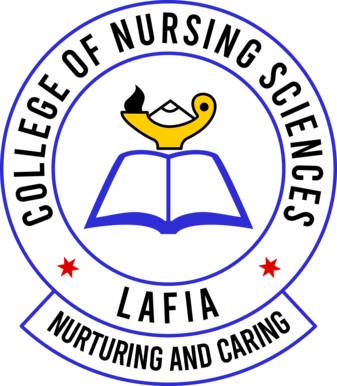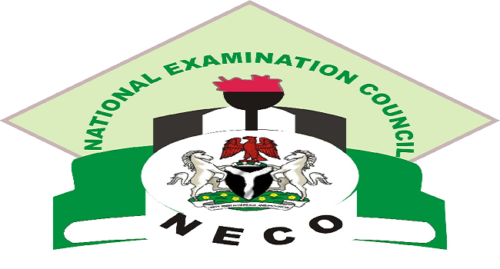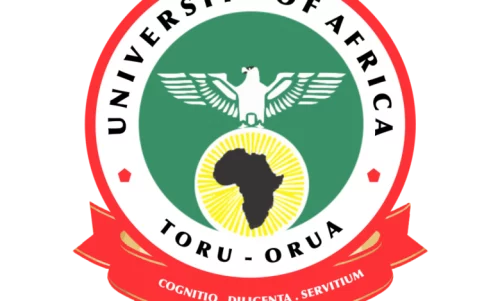Agric Keypoints: Livestock management; Livestock management involves the care and handling of animals to ensure their well-being, productivity, and profitability. Proper management practices are essential for maintaining animal health, maximizing production, and ensuring the sustainability of livestock operations.
Study other Agric keypoints here for JAMB, WAEC, IJMB
Agric Keypoints: Livestock management
Housing:
- Ruminants: Provide well-ventilated barns or shelters with proper drainage. Consider the space required per animal, especially for larger animals like cattle. Ensure clean and comfortable bedding.
- Pigs: Design pig housing to minimize stress and promote health. Temperature control, proper flooring, and separation of different age groups are crucial.
- Rabbits: Construct rabbit hutches with adequate ventilation and protection from predators. Ensure proper spacing, cleanliness, and temperature control.
- Poultry: Design poultry houses to accommodate the specific needs of different poultry species. Provide proper ventilation, temperature control, and nesting areas.
Feeding:
- Ruminants: Develop balanced rations that include forages, concentrates, and minerals. Monitor feed intake and adjust rations based on growth stages and production goals.
- Pigs: Provide nutritionally balanced diets with proper energy and protein levels. Utilize commercial feeds or formulate diets based on the animal’s nutritional requirements.
- Rabbits: Offer a combination of hay, commercial rabbit pellets, and fresh vegetables. Ensure clean water is always available.
- Poultry: Supply poultry with well-formulated feeds that meet their nutritional needs. Adjust diets based on growth stages (starter, grower, finisher) and egg-laying requirements.
Sanitation:
- Cleanliness: Maintain clean housing and feeding areas to prevent disease transmission and stress. Regularly remove manure and waste.
- Hygiene: Practice biosecurity measures to prevent the introduction and spread of diseases. Limit visitors, disinfect equipment, and provide footbaths.
Veterinary Care:
- Regular Check-ups: Schedule routine veterinary visits to monitor animal health, administer vaccinations, and address any health concerns.
- Disease Prevention: Implement vaccination programs and parasite control measures. Isolate sick animals to prevent the spread of diseases.
Intensive, Semi-Intensive, and Extensive Systems:
- Intensive: Involves high-input systems with controlled environments and close management. Common in poultry and some swine operations.
- Semi-Intensive: Combines elements of intensive and extensive systems. Animals have more space and natural foraging opportunities.
- Extensive: Animals are raised with minimal human intervention in more natural environments. Common for ruminants in grazing systems.
Application of Different Management Practices:
- Birth to Slaughter: Implement appropriate practices from birth, including proper colostrum feeding, vaccination, and gradual weaning. Monitor growth and health parameters throughout the animal’s life. Provide proper nutrition, regular health checks, and disease prevention measures. Plan for humane slaughter based on industry standards and regulations.
- Consideration of Species: Tailor management practices to the specific needs of each species. For example, ruminants require proper forage and rumen health management, while pigs need climate control and attention to reproductive efficiency.
In Summary:
Effective livestock management involves providing proper housing, nutrition, sanitation, and veterinary care, and applying suitable management systems. These practices contribute to the health, productivity, and overall success of livestock operations.
FAQs:
Q1: What is the purpose of proper housing in livestock management?
A: Proper housing provides shelter, comfort, and protection from the environment for animals.
Q2: How can biosecurity measures be applied to ensure animal health?
A: Biosecurity involves limiting disease introduction through measures like disinfection, visitor control, and quarantine.
Q3: What are the main components of a balanced diet for livestock?
A: A balanced diet includes appropriate proportions of energy, protein, vitamins, minerals, and water.
Q4: What distinguishes intensive, semi-intensive, and extensive management systems?
A: Intensive involves controlled environments, semi-intensive combines controlled and natural elements, and extensive relies on natural conditions.
Q5: Why is regular veterinary care important in livestock management?
A: Regular veterinary care helps monitor animal health, prevent diseases, and ensure early detection and treatment of health issues.












